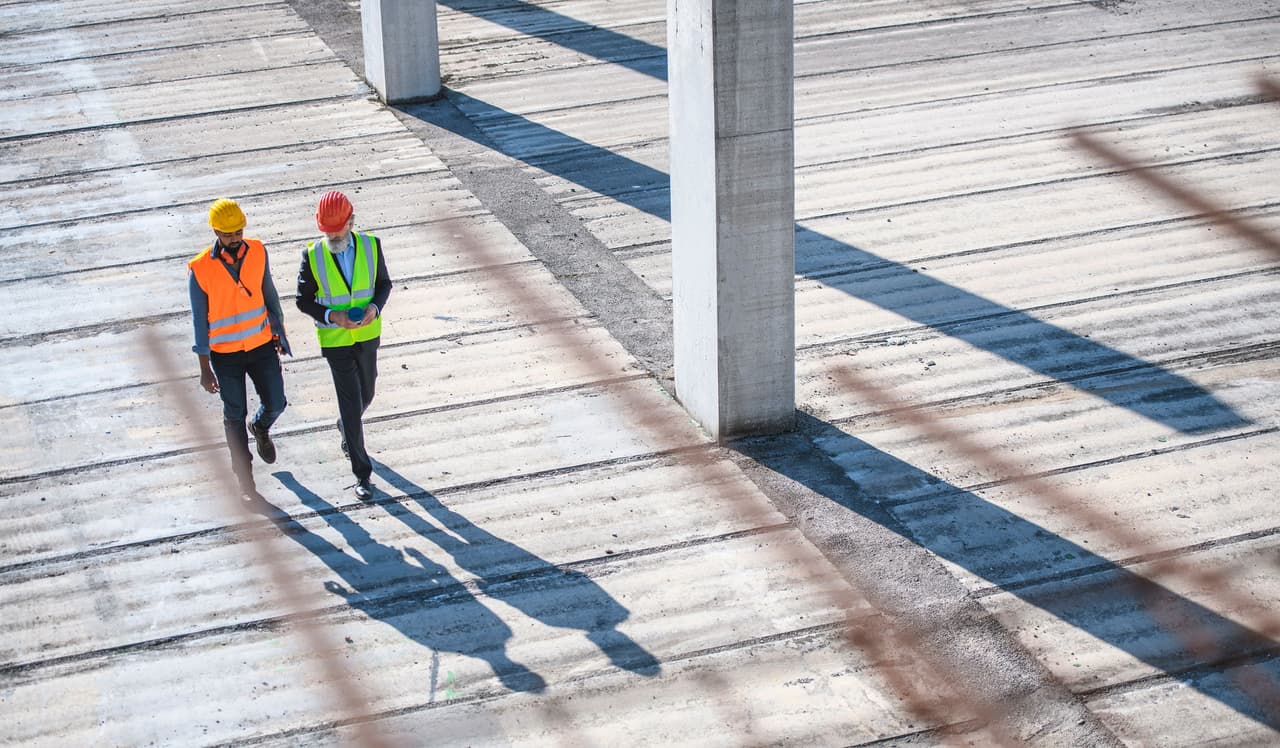comments
EDITORIAL

By Benita Mehta,
ISHN Chief Editor
It can be easy to overlook mental health
Awareness should be part of workplace training for many industries
n the average construction site, safety is at the forefront of everyone’s mind. Rules, OSHA regulations, and standard operating procedures control how crews go about their days. While physical safety is essential, what is often overlooked in heavy industries is the weight of mental health challenges. The past year and half has been a struggle for many Americans, and many industries were shut down for months, including construction sites.
Workers in the construction industry are at a higher risk for suicide than other workplaces, according to a CDC study published in 2018. The CDC assesses that, in the United States, one of the highest suicide rates among men was workers in construction and mining jobs, totaling 43.6 deaths for every 100,000 workers in 2012. This rose to 53.2 deaths per 100,000 in 2015. But why is mental health so challenging in the construction industry, and how can comprehensive mental health training help construction workers?
O
Mental health stigmas and challenges
The idea of facing a mental health challenge is surrounded by a negative stigma, thanks to generations of disinformation and conditioning. While an estimated 26% of Americans suffer from a diagnosable mental health challenge each year, many adults are ashamed to talk about their mental health and are hesitant to reach out if they find themselves in need of help.
Workplace policies have often discouraged communication around these issues. Instead, people find themselves afraid of losing their jobs or alienating their friends and families if they speak up. People internalize this stigma and may surround themselves with negative self-talk instead of seeking help for mental health concerns that affect their safety and wellbeing in and outside of work.
This struggle is more prevalent than ever today. The COVID-19 pandemic was even more challenging for many, as families suffered from the loss of loved ones and individuals struggled with health challenges. Construction job sites shut down and people left to fight with local unemployment offices or scrambling to find work. Manufacturing plants shut down all over the globe and supplies stopped coming in, making even essential construction work stressful for crews.
Benefits of mental health training
• Reduced stigma
• Improved communication
• Better understanding
• Empowering employees to help others
• Happier, healthier employees

Photo: AzmanL / E+ via Getty Images.
Building a mental health training program
Start by beginning the conversation. Organization leaders need to talk about mental health and the workplace to create a space for workers who are experiencing distress. In many cases, all leaders need to do is open the door and give people the opportunity to walk through it. This can be implemented with an introductory mental health course, open-door policy for mental health concerns and/or confidential resources set up with an HR department.
Take the time to educate both leaders and workers as well. Many people have grown up in a generation where mental health education is ignored or even frowned upon. Teams have to shed those ingrained biases and stigmas before changing the way we look at mental health in the construction industry.
If companies are not sure where to start, they can consider reaching out to a mental health professional. Industry professionals will need to create a program that suits their company’s needs. But, to use a construction allegory, they’ll all have the same foundations that individual companies can build from.
Taking the time to build a mental health training program can help construction teams thrive, both on the job and off, despite harsh conditions or the seasonality of working in construction. If the idea of starting a mental health training program is intimidating, professionals should consider tapping into the myriad of resources available to help them begin.
